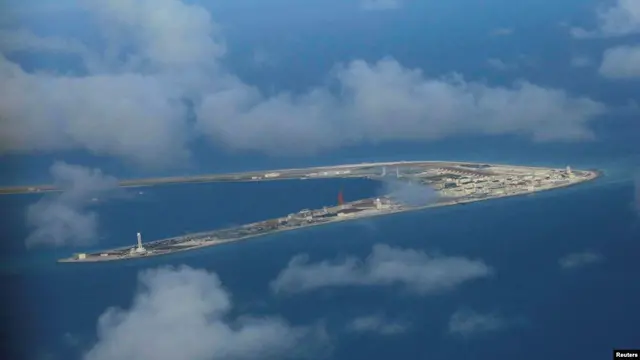Countries in the Association of Southeast Asian Nations (ASEAN) will witness massive urbanization in the next three decades, making them the world's largest middle-income emerging markets after China and India, and leading to enormous resource scarcity, a new report claims.
The United Nations Environment Programme (UNEP) estimates that more than 205 million people in Indonesia, the Philippines, Vietnam, Thailand, Myanmar, Malaysia, Cambodia, Laos, Singapore, and Brunei are expected to move to cities by 2050, according to the report “ASEAN Region: A Resource Perspective.”
At present, 320 million people live in the urban region of ASEAN countries, and by 2050 this population will swell to nearly 525 million. The unprecedented urban growth is expected to lead to a rapid rise of more than 200 smaller cities.
The region’s urbanized population proportion will increase from 47 percent in 2014 to 65 percent in 2050, with five of the 10 ASEAN nations transitioning from a minority urban population to a majority urban population, the report predicted.
Total projected urban population in ASEAN, India and China in 2050.
ASEAN urbanization is projected to be one of the largest after China and India, particularly in the context of urban middle class expansion.
Population growth likely to lead to an increase in pollution and resource crunch
Researchers warn that rapid urbanization in the ASEAN region could lead to dangerous levels of air pollution, similar to those seen in several cities in India and China with average annual PM2.5 concentrations exceeding 100 micrograms.
Air pollution in the region will be further exacerbated by the 120 million who don't have access to electricity and the 280 million who lack clean cooking fuels. The addition of waste burning will only fuel this environmentally damaging trend.
With the rise of an urban population, the report predicts, the share of coal in the region’s electricity supply mix will rise from 32 percent to a whopping 50 percent by 2040 to meet the increase in energy demand leading to a spike in emissions.
“Today, most ASEAN cities report PM2.5 levels above those that the World Health Organization’s (WHO) safe limit of 10 micrograms,” report maintains.
“There are already far too many people around the world who are already being poisoned by breathing dirty, dangerous air in the cities they live in, and it's alarming to see that this trend is set to worsen," said UN Environment chief Erik Solheim.
Apart from toxic air, urban land expansion is likely to reduce total crop production by two percent in Indonesia and 16 percent in Vietnam as agricultural land reclamation will make way for urban development. The Philippines will lose more than four percent of its biodiversity hotspots.
UN suggests ASEAN countries act before it’s too late
UNEP has urged policymakers in ASEAN countries to take immediate action in five areas based on the New Urban Agenda (NUA) and Sustainable Development Goals (SDG) for better urbanization.
Researchers recommend national and cross-ASEAN urbanization planning to balance economic growth across a range of city sizes while preserving high-value agricultural lands and ecosystem services.
Examples of fast growing cities in the ASEAN region
2015-2030. /UNEP Graph
For better management of land, city planners are advised to promote compact, mixed-use, accessible, and inclusive urban form to reduce land expansion, streamline infrastructure provision, and promote diverse, sustainable mobility options.
Planners have been suggested to consider resource-efficient and resilient buildings and electric-grid systems that link renewable energy in cities with the cross-ASEAN electric grid for efficient energy consumption.
"We can and need to do far better. We can design better cities, where people can walk or cycle instead of having to use cars, where waste is recycled rather than burned or tossed into landfills, and where everyone can access clean fuels and energy," Solheim added.
The report also mentions the Indian city of Ahmedabad as an example of a success story in urban and regional planning that has kept pace with rapid population growth.
The city’s municipal development authority has been competent in using land pooling to manage urban land expansion and reduce sprawl compared to other large cities in India, researchers maintained.
UNEP released the report during the ongoing World Urban Forum in Kuala Lumpur, Malaysia.
"The ASEAN region will continue to grow as an economic powerhouse, projected to become the fourth largest economy in the world by 2050," the report said.
(CGTN)
 简体中文
简体中文

